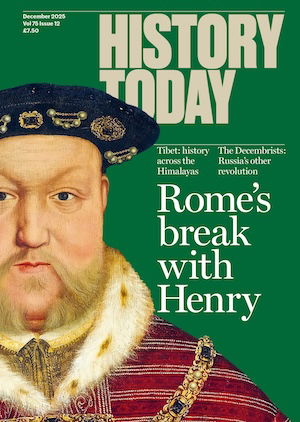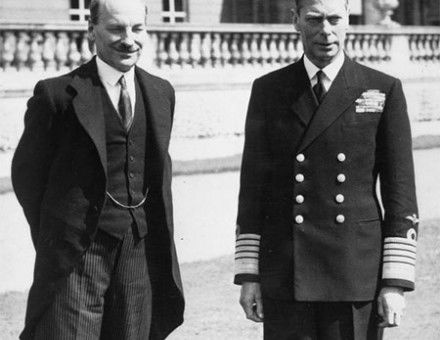Crime and Justice in 19th-Century England
How far, asks R.D. Storch, did the reforms in the system of law enforcement, and the detection, trial and punishment of criminals introduced in the nineteenth century make for better order and a real reduction in crime?




